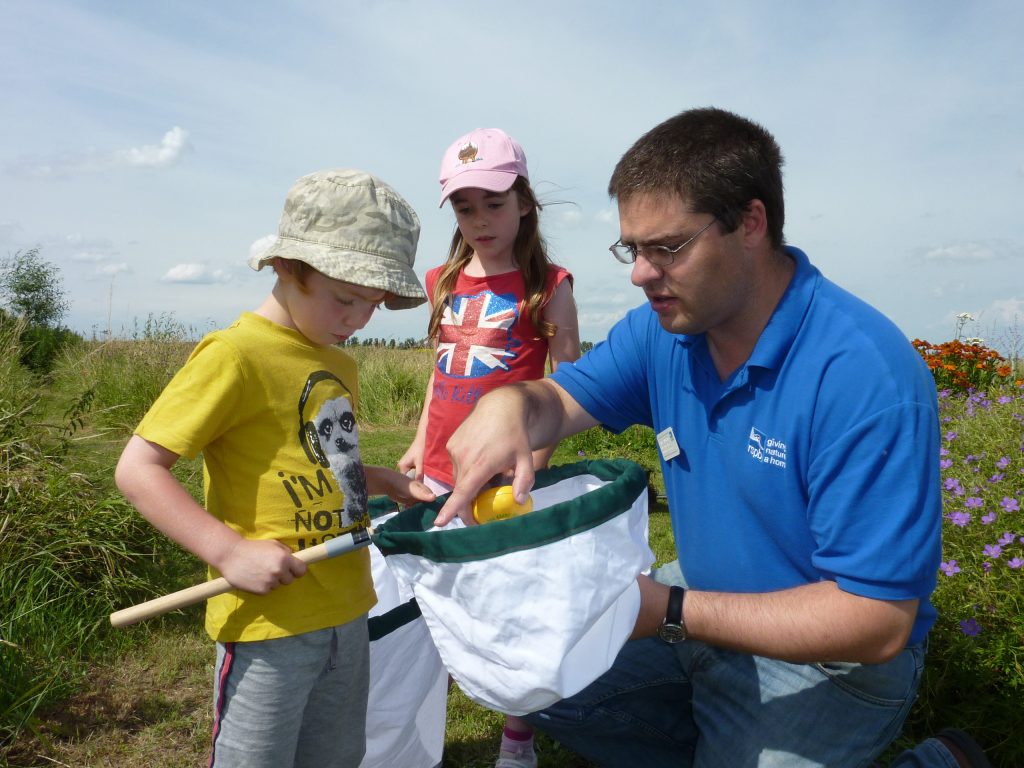by Dr Chris Andrews
Visitor experience manager, RSPB Frampton Marsh
Q: Why is the Mushroom King so popular?
A: Because he’s a fungi to be with!
Bad jokes aside, this is a great time of year to see fungi.
With drifts of fallen leaves gently rotting on the ground, and the weather turning wet, they seem to be springing up everywhere.
But how much do you know about them?
Fungi are a mystery to many people. For starters, what are they? The name fungi itself covers a wide range of species. From the toadstools to yeasts, moulds and mildews.
They seem to grow out of the ground like plants, but under a microscope their cells have more in common with those of animals.
Often looked at with suspicion in case they are poisonous, some are very useful. Penicillin was derived from a fungus. And where would we be without yeast to help bake our bread or brew our beer?
What sorts of fungi are out there in the countryside? Well, the simple answer is “a lot”. There are roughly 15,000 different species in the UK, eight times as many as flowering plants.
Most of them perform a very valuable role in nature, breaking down dead and rotting material (such as fallen leaves) so that the nutrients can then return to the soil.
Many of them are very small, but there are still some 3,000 larger ones we might recognise as being “toadstools”.
So, what should you look out for? Well, some toadstools are very recognisable.
The familiar one we have seen in everything from Fantasia to the Mario computer games is of a red dome, covered in white spots. This is the fly agaric.
But there are lots of others, often with wonderfully evocative names. Who could resist looking for a “rooting shank”, or a “sulphur knight”?
But do remember, whilst there are only a few deadly mushrooms in the UK, quite a few will make you feel poorly if eaten.
So only go to look, not to eat unless you know exactly what you are doing.







